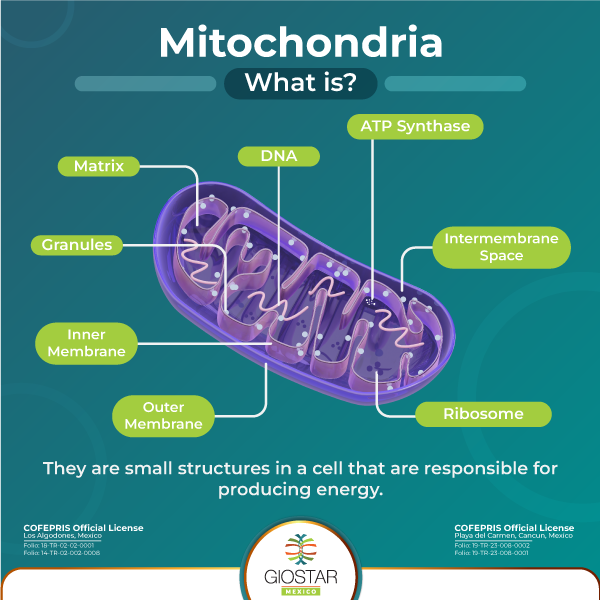Mesenchymal Stem Cells and Mitochondrial Exchange
Embark on a journey into the intricate realm of cellular therapeutics. This blog delves into the profound synergy between Mesenchymal Stem Cells (MSCs) and the phenomenon of mitochondrial exchange, unraveling the potential implications for medical science and healing.

Mitochondria’s Role in Cellular Homeostasis:
At the core of cellular function, mitochondria serve as the powerhouse, generating energy through oxidative phosphorylation. Disruptions in mitochondrial integrity, compounded by mutations in quality-control-associated genes, have been associated with a spectrum of ailments, ranging from age-related disorders to conditions like type 2 diabetes and neurodegenerative diseases.
The Therapeutic Marvel of MSCs:
Recent strides in cellular therapy have spotlighted MSCs for their profound immunomodulatory and regenerative properties. From in vitro studies demonstrating immunomodulation to promising in vivo outcomes across various diseases, MSCs are emerging as therapeutic powerhouses. Notably, their interaction with macrophages and the secretion of key molecules.
Unveiling Mitochondrial Exchange:
The concept of mitochondrial transfer was first documented in 2005 when Koyanagui and colleagues observed nanotubular connections and organelle transportation between endothelial progenitor cells and cardiac myocytes after cell-to-cell interaction. Subsequent investigations revealed MSCs facilitating mitochondrial transfer to defective cells, inducing favorable metabolic shift.
Diverse mechanisms orchestrate mitochondrial transfer, including partial cellular fusion, microvesicle-mediated donation, and the formation of tunneling nanotubes. Notably, the role of Miro1, a GTPase on the outer mitochondrial membrane, has emerged as a critical factor in regulating this intracellular exchange.
Clinical Relevance and Future Perspectives:
Explorations into MSC therapy’s cellular communication pathways, particularly mitochondrial exchange, open avenues for understanding and advancing treatment modalities. While the intricacies of these mechanisms necessitate further elucidation, the potential for targeted interventions in conditions such as arthritis and spinal cord injuries becomes increasingly apparent. The localized administration of MSCs, particularly in conditions prone to pulmonary sequestration during intravenous infusion, may offer a strategic approach to amplify mitochondrial donation.
Paving the Way for Therapeutic Innovations
As we traverse the terrain of cellular therapeutics, the enigma of MSCs and their role in mitochondrial exchange emerges as a compelling narrative. The potential for harnessing this intricate cellular dialogue holds promise for future therapeutic innovations. This blog is a snapshot of a dynamic field, with ongoing research poised to unveil novel frontiers in cellular medicine.
References:
Diana Esquivel. Mitochondria Transference, a Fascinating Mechanism of Mesenchymal Stem Cells. Am J Biomed Sci & Res. 2023 20(3) AJBSR.MS.ID.002713, DOI: 10.34297/AJBSR.2023.20.002713


